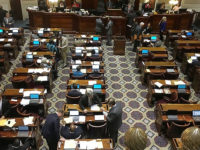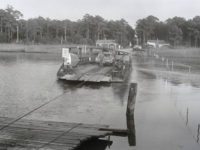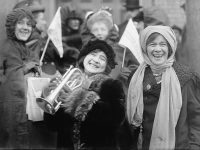BRACK: 2018 brings more House contests, but not a lot more women candidates
By Andy Brack, editor and publisher | It may be the Year of the Woman in politics around the nation, but not in South Carolina – at least not in races for the S.C. House of Representatives
In 2018, just over 20 percent of major party candidates in the 124 House races are women, according to a Statehouse Report analysis of state election data. Four years ago, there were nine fewer women candidates as 38 women (19.4 percent of candidates) ran for House seats.






 We Can Do Better, South Carolina!
We Can Do Better, South Carolina!

























Recent Comments